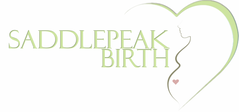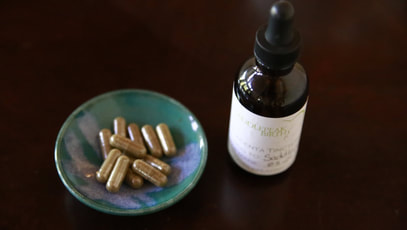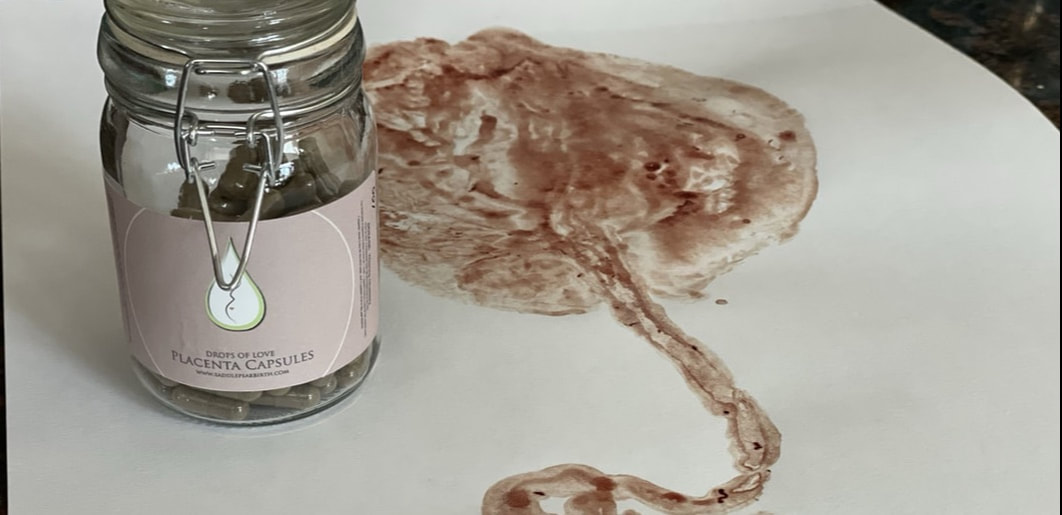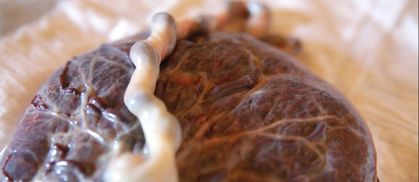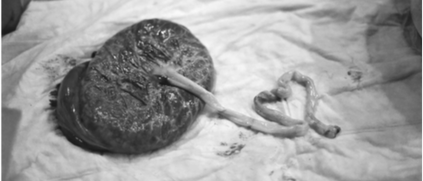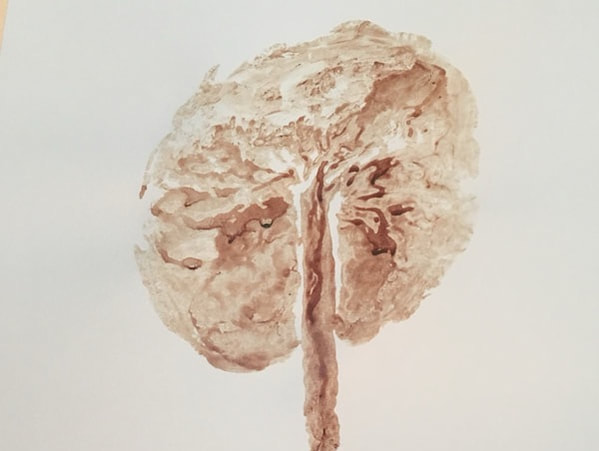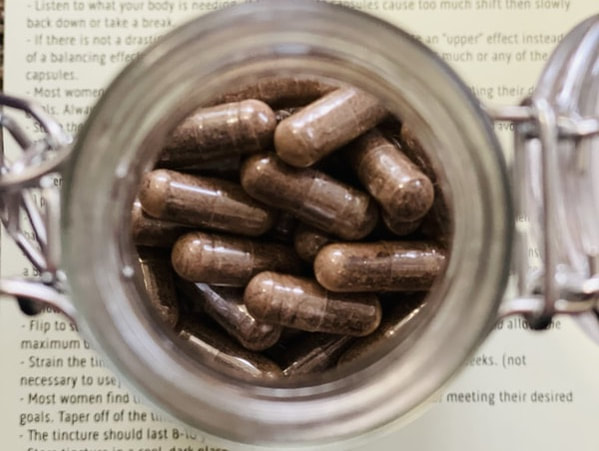Placenta Encapsulation Package
Why Should I Encapsulate?
Reported benefits of placenta encapsulation
- Increased release of oxytocin hormone, which helps the uterus return to normal size and encourages bonding with your new baby
- Increase in CRH, a stress-reducing hormone
- Decrease in postpartum depression
- Restoration of iron levels (contains 1/4 of the daily recommeded value of iron)
- Increase in milk production
- Improvement of mood
Process of Placenta Encapsulation
I process my placentas using a double grind method without any additives or added steps. Only one placenta is processed at a time to allow for full sterilization and sanitization between clients. Placentas are dried at 165F for 24 hours insuring elimination of all bacteria and viruses that may have been present. After processing placentas this way for over 9 years now I have noticed
- Easier for clients to ingest
- Less stomach irritation
- Increased positive results reported
- More capsules yield with less waste
Proper Care of a Placenta Postpartum
Placenta care prior to pickup
- It should be in a refrigerator within 3 hours postpartum
- It should be in a freezer, double bagged, up to 3 days postpartum (if kept properly in the refrigerated)
- If it has been 3 days in the fridge, it should be moved to the freezer immediately.
- It should be encapsulated within 6 months postpartum (if kept properly in the freezer)
Are there any negatives?
Possible side effects or negative aspects to placenta encapsulation...
- VERY RARELY are there any negative side effects noted
- Possible dizziness
- Possible jitters or feeling like you are on a "upper" (probably due to no hormonal imbalance in your system)
- Possible stomach upset (possibly due to the high iron content)
- Possibility of passing on blood-born diseases if injected by someone other than the mother who grew the placenta
Who should NOT encapsulate their placenta?
Is there any situation that would keep me from encapsulating
- If you have Hep B, Hep C, or HIV there is no evidence that you could not pass any of these diseases through the breast milk to the baby
- If you placenta is infected
- If you placenta was sent to pathology for testing and was injected with unsafe materials
- If there is a baby that passed away that is found in the placenta on inspection (just because this is usually sent to pathology for testing)
- You CAN encapsulate your placenta if you are GBS positive (THIS IS NOT A CONTRAINDICATION!)
How late can I call you?
- You can call me at any point and book the services
- You are never too late to benefit!!! Just call!
- Even if you already had your baby, call me!................... just keep the placenta in the fridge (for 2-3 days or in the freezer from 3 days- 6 months)
- It helps to call as early as possible to make sure I am available to encapsulate it for you.
A few articles...
| placenta_encapsulation__safety_and_possible_benefits.pdf |
| the_evidence_on_placenta_encapsulation.pdf |
Placenta Encapsulation Services Explained
Placenta encapsulation is the process by which the placenta is drained, cleaned, dried and put into capsules for consumption. The services I provide are just services and no medical advice is ever given. Currently there is only anecdotal evidence and very small studies as to the benefit of placenta consumption. Once you have done your research, please call me if this interests you. I am happy to talk to you about the services I provide. Once booked it is your responsibility to obtain your placenta from your provider. Even if they try and tell you it isn't safe, please call me and get a second opinion. It is easiest if you just tell them you want to take it home to make an art print for the baby's room.
